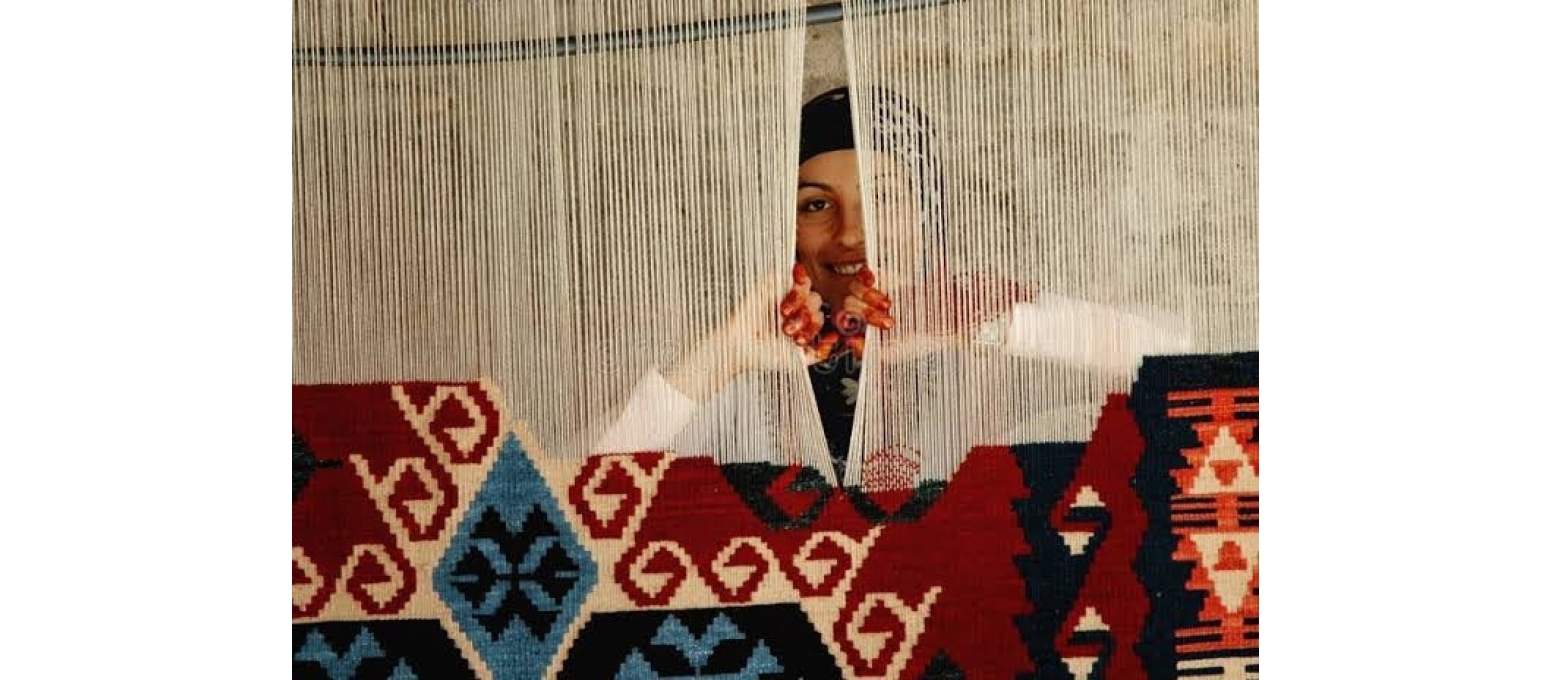Hello again, to everyone! If you've read my bio, you'll know I'm currently on Erasmus in Turkey. The course is coming to an end, and I'll have to leave (which I'm very sad about), so I can’t skip writing about this incredible place. Maybe you are expecting to read about the magnificent mosques in Istanbul, or the amazing Ephesus Ancient City, which I of course have visited, but you can read about that in many places. Instead, I will tell you about something else. On my first stroll through the streets of Konak, I stopped in front of a small shop. It was full of colorful rugs, I couldn't help looking at them as if they were paintings. They are the famous Turkish kilims.
Kilims have centuries of history, and their roots extend across Central Asia, the Caucasus, and the Middle East, although Turkey has been one of their most vibrant centers. Traditionally woven by women, these tapestries not only decorated nomadic homes but also served as dowries, blankets, and symbols of identity. Many of these women began weaving as children, learning patterns from their mothers and grandmothers, and embodying their thoughts, emotions, and desires in the threads. Each motif has a purpose: the diamonds represent protection, the hooks ward off evil spirits, and some designs express personal longings, such as the desire for children or good fortune.
Something that I find very interesting is that since the weavers couldn't sign their work, they developed a personal pattern as a kind of signature, like a silent message. These Turkish artists remind me of the “palilleiras de Camariñas”, traditional lace-makers from my homeland, who specialize in bobbin lace, a delicate craft passed down through generations of women.





